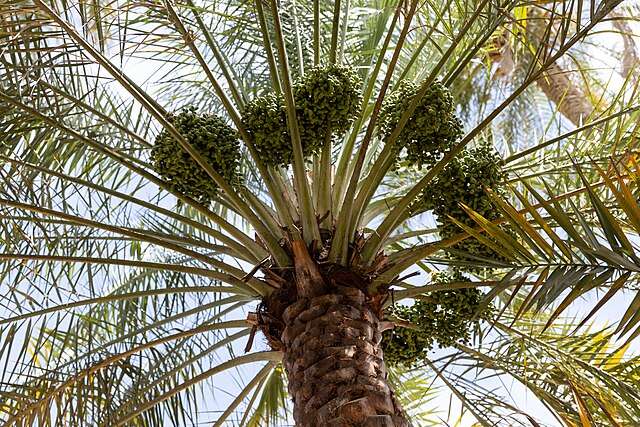The governorate of North Sharqiyah has registered uptick agricultural production growth beginning 2021, boosting food security in Oman.
Located in central-eastern Oman, the governorate saw its horticultural and fruit output in the three years ending mid-2024 reach 250,000 tonnes.
While announcing these results, Dr. Abdul Aziz bin Ali al Mashaikhi, Director General of North Sharqiyah’s Agriculture and Water Resources also outlined notable multi-niche successes.
According to Al Mashaikhi, non-palm fruit acreage grew by 2.3% to 285 hectares, which produced 4,238 tonnes of fruit.
It is date palm production, however, that boasted the most acreage, at over 3,000 hectares. The lucrative sector witnessed a 36-month area growth of 1.3%, which ensured a production total of 54,1888 tonnes of dates.
The governorate accounted for 14% of countrywide palm date output, the fourth highest among the 11 administrative areas of Oman. The palm tree population in this administrative area is also nearing the 1-million mark, at 940,490 trees.
Mabsali Dates and Food Security in Oman
Notably, North Alsharqiyah has seen the production of the culturally-important yellow-tinged Mabsali date palm increase to 8,694 tonnes. The total tree population is now at 129,540 units, the second highest in the country for this palm type.
Mabsali, also known as Basour, is a date that regional Omanis grow with the traditional belief that it prevents starvation. Locals cook it when it is just ripening as a sweet alternative to the common date palm.
It is also accessible in the price department, which is moderate in comparison with other competitors from Saudi Arabia. It costs 4 OMR ($10.39) a kg during the off-season, while in bountiful times just 600 Omani baisa ($1.56) a kg. In contrast, dates from Saudi Arabia sometimes reach as high as 16 OMR ($41.56) a kg.
This way, this important date doubles as a cheap way to earn a meal among rural communities during dry times.
In a word, various agricultural niches from acreage to production have been improving in eastern Oman since 2021. From fodder, whose yearly production reached 156,305 tonnes to uptick palm acreage, the region has seen a productive three years. And as the statistics below indicate, food security in Oman is not just centered in Al Sharqiyah but all over the land.
Oman Agriculture Statistics
Agriculture in Oman is concentrated around palm dates, cattle, wheat, grapes and vegetables. According to FAOSTAT, the top agricultural produce in Oman in 2022 were palm dates at 376,980 tonnes, then tomatoes at 302,029 tonnes. In the third place was raw cow milk at 223,971.6 tonnes. Sorghum ranked fourth at 178, 582 tonnes while other fresh vegetables rounded up the top 5 at 170, 215.65 tonnes.
How big are Oman’s agricultural exports?
Oman ranked 63rd in GDP among world economies in 2022 primarily due to oil and gas exports, which eclipsed agricultural exports. The biggest agricultural product export in 2022 was nitrogenous fertilizer, which ranked third at $4.14 billion after petroleum/gas products. In terms of agricultural produce exports, palm dates lead. Palms generated $169,060 in 2019, the third highest in the Gulf Cooperation Council (GCC) region’s date exports for the year.
How high is acreage in the 11 administrative regions of Oman?
Acreage is everything in Oman as it means extra production, and each administrative region keeps track of its acreage. According to Research Gate’s data, Oman had a total acreage of 335,011.1 hectares in 2013. Out of this area, North Al Sharqiyah came seventh at 27,523.27 hectares or 7.75% of the national area. At the lead was the tiny governorate of North Al Batinah in northern Oman at 85,118.27 hectares or 23.98% of all area. In comparison, Al Wusta, the second largest governorate in Oman, located in the south, came last at 2,307.9 hectares with a 0.65% share.
